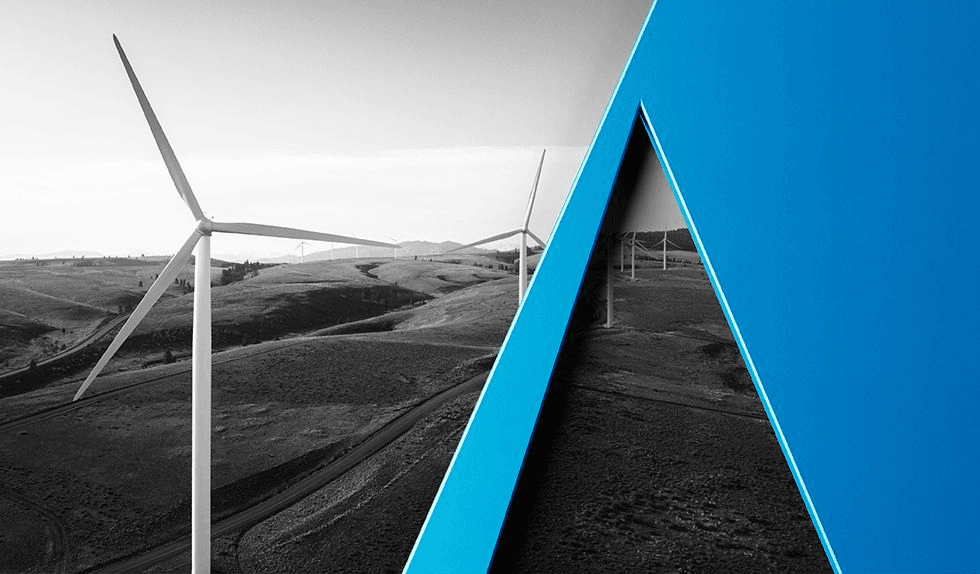PURPA Background
Section 210 of PURPA, which is currently the subject of much debate, seeks to encourage the development of cogeneration and small power production facilities (“qualifying facilities” or QFs) by, among other things, generally requiring utilities to offer to sell electricity to, and purchase electricity from, such facilities. Section 210 provides for a regulatory paradigm in which FERC promulgates rules to be implemented by state regulatory authorities and nonregulated utilities. Under Section 210(h), a qualifying facility that believes that a state regulatory authority or nonregulated utility is not properly implementing the Commission’s PURPA rules may petition the Commission to bring an enforcement action against the state regulatory authority or nonregulated utility in federal district court to enforce PURPA. If the Commission does not initiate such an enforcement action within 60 days of the petition, the petitioner can bring a district court enforcement action on its own.
FERC Proceedings and District Court Litigation
The underlying dispute involves Entergy’s integration into the Midcontinent Independent System Operator (MISO) Regional Transmission Organization (RTO) and the effects that might have on Occidental Chemical Corp. and other QFs. Occidental claims that, in 2011, Entergy decided to join MISO to avoid its PURPA obligations to Occidental and other QFs, and that Entergy and MISO’s integration of QFs would strip the QFs of their PURPA rights. On January 17, 2013, Occidental filed a complaint against MISO at FERC regarding MISO’s plan to integrate QFs. That complaint remains pending at FERC. On January 9, 2014, the Louisiana Public Service Commission (LPSC) entered an order that Occidental argues effectively adopted Entergy’s plan for integrating QFs into MISO, stripping QFs of PURPA rights. Claiming that the LPSC’s order violated PURPA, on February 5, 2014, Occidental petitioned FERC under Section 210(h) of PURPA to initiate an enforcement action against the LPSC in federal district court. On April 4, 2014, FERC issued a notice of its intent not to act, which, under Section 210(h) of PURPA, authorized Occidental to file a district court enforcement action on its own. In its notice, FERC found that the petition raised largely the same issues as those raised by Occidental’s pending complaint at FERC against MISO.
On April 17, 2014, Occidental filed an action in federal district court against Entergy, the LPSC and the LPSC commissioners. Occidental’s complaint against the LPSC essentially repeated the arguments that it raised in its FERC complaint.
On June 4, 2015, Entergy and the LPSC defendants jointly moved the district court to stay the case pending an administrative determination in the pending complaint proceeding at FERC. In short, the defendants argued that the district court should exercise its discretion to stay the case pursuant to the primary jurisdiction doctrine, under which a court will defer to an agency for an initial decision on a matter, because FERC’s resolution of the administrative complaint would also resolve one of the issues before the district court—namely, whether MISO’s plan to integrate the QFs complies with PURPA and FERC’s rules. In opposition, Occidental argued that the district court was barred from invoking the primary jurisdiction doctrine because Section 210(h) of PURPA explicitly coordinates the work between FERC and the district court, displacing the primary jurisdiction doctrine. Occidental further argued that the costs of indefinitely delaying its PURPA suit would outweigh any benefits.
On January 20, 2015, the district court granted defendants’ request for a stay, concluding that the case should be stayed pending a decision by FERC on the issues relating to the MISO tariff and market rules underlying Occidental’s complaint. Occidental appealed the district court order to the 5th Circuit.
5th Circuit Finds Deference to FERC Okay, but Reverses Indefinite Stay
On appeal, the 5th Circuit considered whether Section 210(h) of PURPA precludes application of the primary jurisdiction doctrine. The primary jurisdiction doctrine is a doctrine of judicial abstention whereby a court can defer to an administrative agency for an initial decision on a question within the agency’s specific expertise. Occidental argued that the primary jurisdiction doctrine is not available for actions under Section 210 of PURPA because Congress explicitly coordinated the work between FERC and the district court by allowing a party to petition FERC to act and then, if FERC declines to do so, bring its own district court enforcement action.
The 5th Circuit found that, while Section 210(h) does coordinate work between FERC and the federal courts, it does not expressly or impliedly preclude application of the primary jurisdiction doctrine. Thus, the 5th Circuit concluded that the district court acted within its discretion by staying the case under the primary jurisdiction doctrine and deferring to FERC. However, the 5th Circuit found that the term of the stay should be limited, allowing FERC a reasonable opportunity to act on the pending administrative complaint, but without the costs inherent in an indefinite stay. Accordingly, the 5th Circuit directed the district court to modify the stay to 180 days, subject to an extension if FERC can show good cause for failing to act in that time and if an additional delay would not prejudice Occidental.



